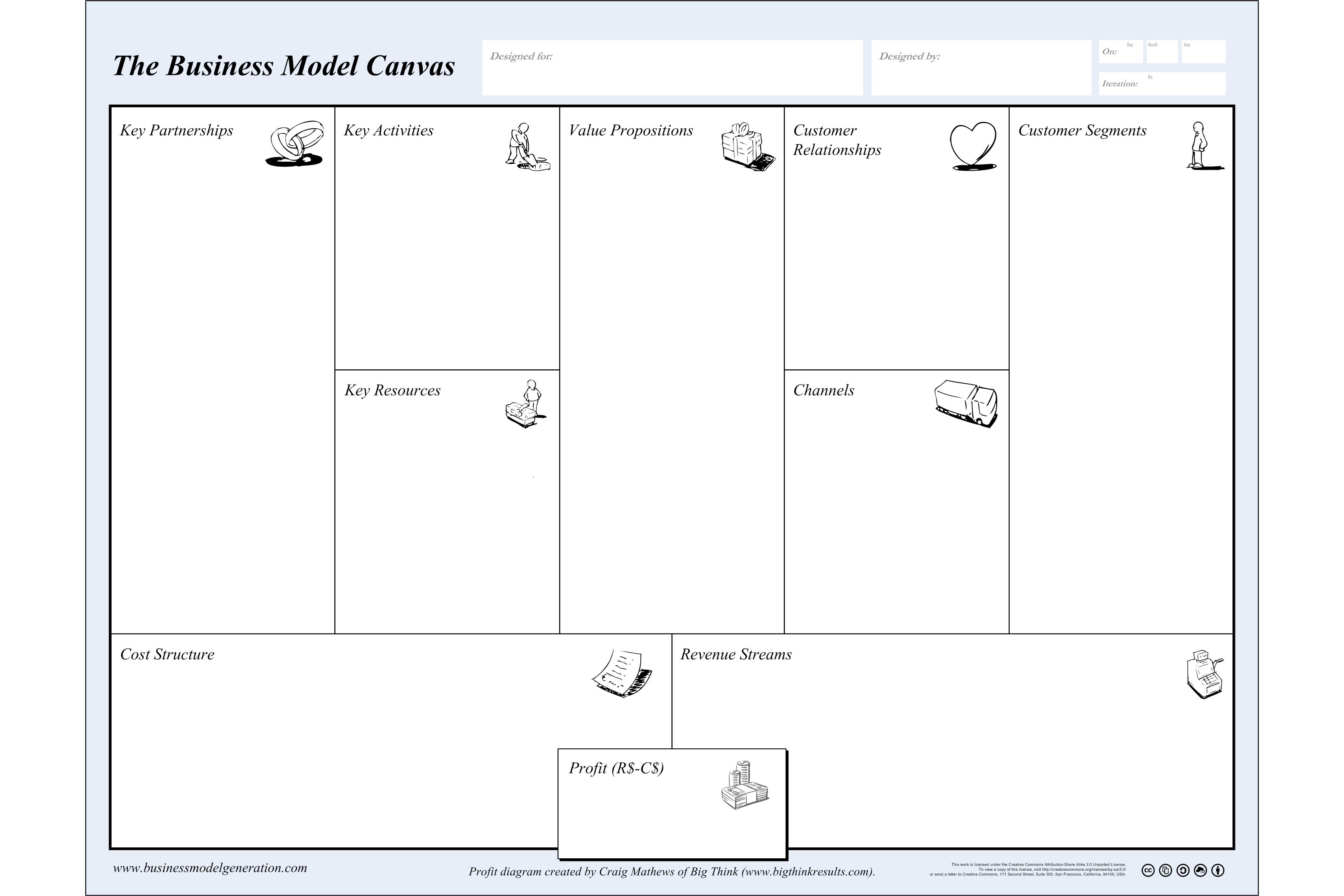Business Model Canvas, developed by Alexander Osterwalder, is a useful entrepreneurial tool that allows people to visually design, describe, and improve their companies.
There are nine key component in a business canvas, and we shall look at them in a specific order:
- Value proposition:
- What customer problems can we solve?
2. Customer segments:
- Who wants those problem solved?
3. Channels:
- How do we get our solutions to people?
4. Customer relationships:
- How to get, keep, and grow customers?
5. Revenue Stream:
- Can we make money solving these problems?
- What is the price that people are willing to pay?
6. Key partner:
- Who can help us get this work done?
7. Key activity:
- What do we do?
8. Key resources:
- Money, people, things needed
9. Cost structure:
- What are the costs associated with delivering this solution to people?
“The best way to destroy an enemy is to make him a friend.”
— Abraham Lincoln
In class, we analyzed a revolutionary technological company named Uber using the Importance and Urgency Chart and the Business Model Canvas. One question rose up during out discussion which is: If the government is Uber’s biggest threat, then how can it be its key partner at the same time? The answer to this question is that the idea is to make your threat as a partner, so that they would want you to succeed instead of falling.
Resources:
http://bigthinkin.com/products/game-changer-business-innovation-game/the-business-model-canvas/
http://www.brainyquote.com/quotes/quotes/a/abrahamlin163041.html
